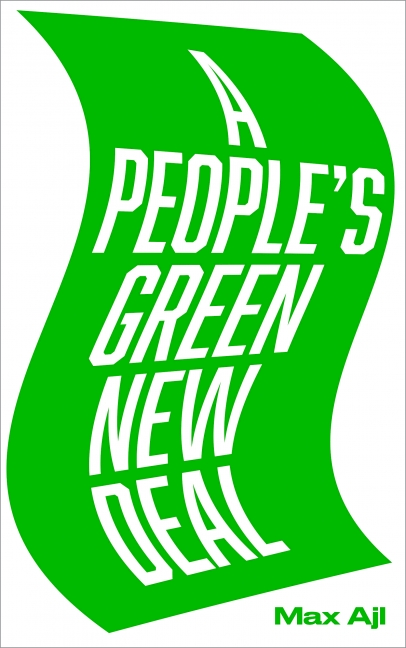Blueprints for impossible futures
“A People’s Green New Deal” demands a different kind of impossible

Over the past two decades, a proliferation of “Green New Deal” literature has promoted various strategies for changing the structure of the global energy system to combat climate change. While the term was first coined by the neoliberal economist Thomas Friedman, it has since been taken up by more progressive voices, from Keynesian social democrats to eco-socialists. Sadly, despite the promise of a new wave of climate-conscious legislation, from the European Green Deal and the UN Climate Agreement to the AOC-Markey legislation of 2019, each seems as unlikely as its predecessors to enact substantive change. At the recent COP 26 Climate Summit, for example, the United States failed to join 30 other nations in pledging to phase out sales of new gasoline and diesel-powered vehicles by 2040 worldwide. With the US federal government dominated by fossil-fuel friendly Democrats and climate-change denying Republicans, the chances of passing ambitious climate legislation appear bleak. In the absence of real political force, GND proposals often serve as blueprints that respond to a largely speculative question: what would we do if we were in a position of power to create meaningful, lasting, and necessary change?
Instead of offering another blueprint for an impossible future, Max Ajl’s A People’s Green New Deal levels a critique at the genre itself, raising significant questions about the way that plans are proffered, and how most green futures implicitly accept the ongoing violence of capitalist imperialism. Ajl’s work engages critically with a wide spectrum of GND proposals, from policy documents like the European Commission and European Environmental Agency’s “European Green Deal” and Senator Ed Markey and Alexandria Ocasio-Cortez’s House Resolution 109…
…click on the above link to read the rest of the article…